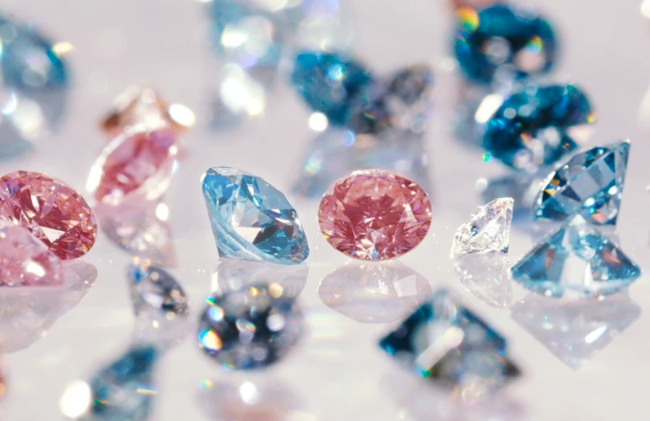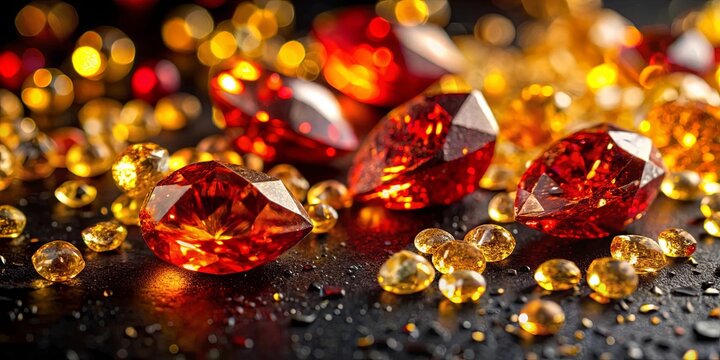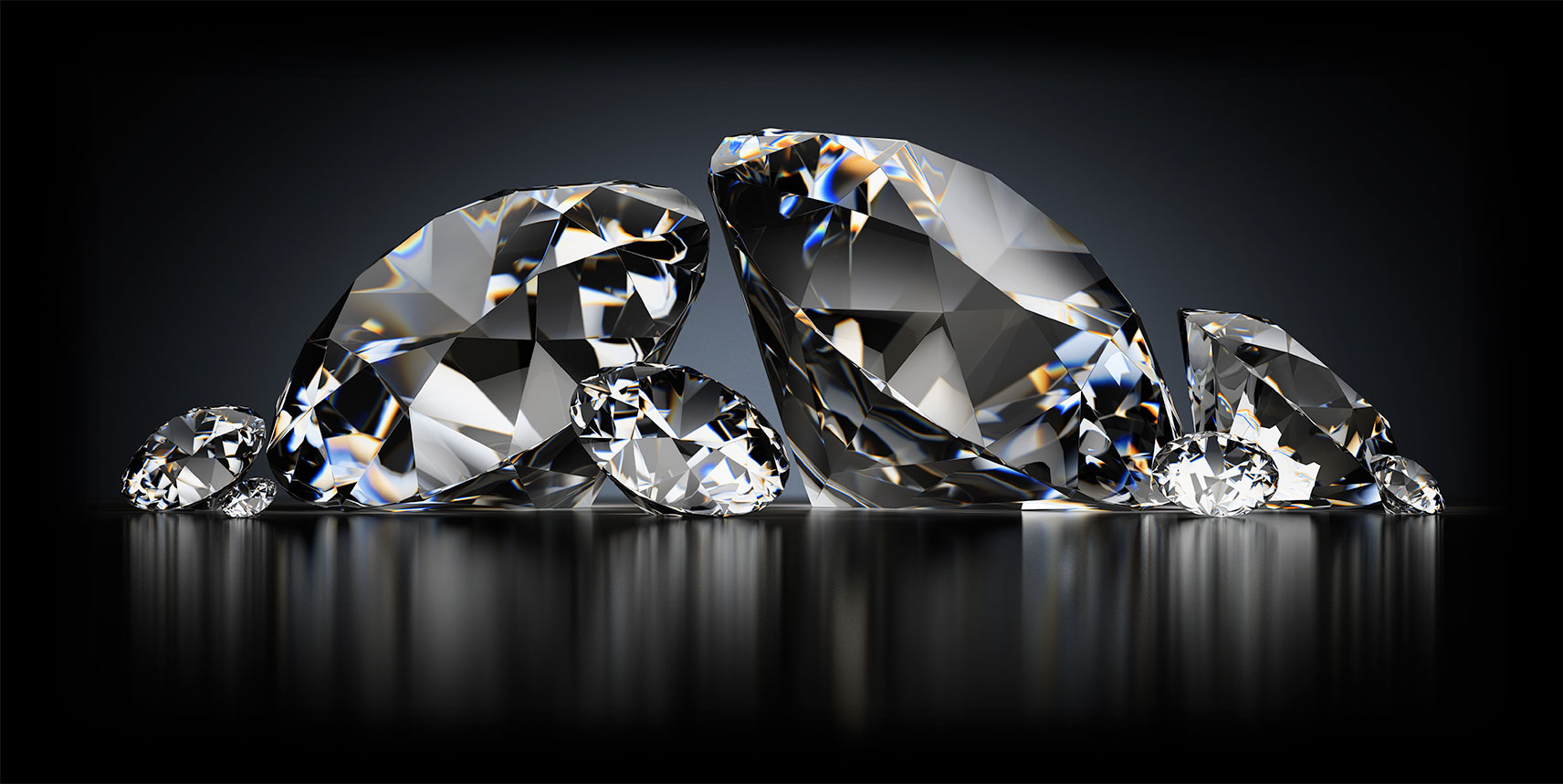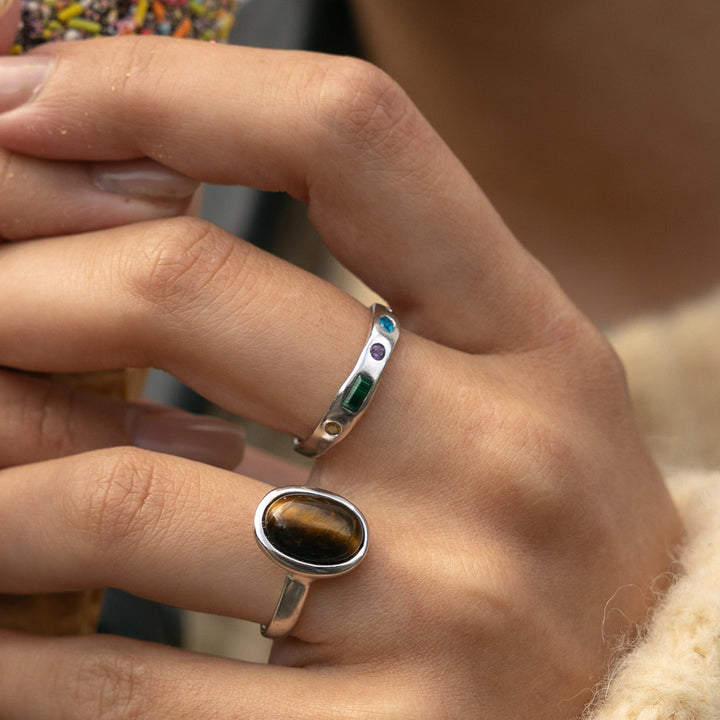
Introduction to the Diamond 4Cs
Diamonds have captivated human hearts for centuries with their timeless allure. But what makes a diamond sparkle so uniquely? The answer lies in the 4Cs: Carat Weight, Cut, Color, and Clarity. This essential framework is like a roadmap for evaluating and comparing diamonds, ensuring you make a well-informed purchase. Whether you’re buying an engagement ring or a piece of fine jewelry, understanding the 4Cs can help you choose a diamond that’s both stunning and within your budget.
What are the 4Cs?
The 4Cs are a set of criteria that determine a diamond’s quality and value. Each “C” represents a different characteristic of the diamond, and together they form a comprehensive picture of the gem’s overall quality. Think of the 4Cs as the four pillars that support the diamond’s overall brilliance and worth. Let’s dive deeper into each one to see how they contribute to the diamond’s charm and value.
The 4Cs Explained
Carat Weight
What is Carat Weight?
Carat weight measures how much a diamond weighs, not its size. One carat equals 200 milligrams. It’s like the weight of a chocolate bar, but for lab made diamonds. While people often equate carat weight with size, it’s more about the diamond’s density. A higher carat weight typically means a more valuable diamond, but it doesn’t necessarily mean a better one.
How Carat Weight Affects Value
Carat weight is one of the most significant factors in determining a diamond’s price. Larger diamonds are rarer and more valuable. However, two diamonds of the same carat weight can have vastly different prices depending on their cut, color, and clarity. It’s crucial to remember that carat weight is just one piece of the puzzle.
Cut
Understanding Diamond Cut
The cut of a diamond refers to how well it has been shaped and faceted. Unlike carat weight or color, the cut is about craftsmanship. A well-cut diamond will sparkle and reflect light beautifully, while a poorly cut one can appear dull. It’s like having a well-polished mirror versus a scratched one—the better the cut, the better the shine.
How Cut Affects Brilliance
The cut is often considered the most important of the 4Cs because it directly impacts how a diamond reflects light. A well-cut diamond will display brilliant flashes of light and vibrant sparkle. On the other hand, a poor cut can diminish the diamond’s brilliance, even if it’s high in carat weight and clarity.
Color
Color Grading Scale
Diamond color is graded on a scale from D (colorless) to Z (light yellow or brown). The closer to D, the more valuable the diamond. This scale helps to objectively evaluate how colorless or tinted a diamond is. Imagine it like a spectrum where the purest white is at one end and the most colored is at the other.
Impact of Color on Value
Color affects a diamond’s value significantly. Colorless diamonds (D-F grades) are more valuable because they allow the most light to pass through, enhancing brilliance. Diamonds with more color (G-Z grades) are generally less valuable. However, some people prefer a slight hue, so personal preference plays a role too.
Clarity
What is Diamond Clarity?
Clarity measures the presence of internal or external flaws, known as inclusions and blemishes. These imperfections can affect a diamond’s sparkle and overall appearance. Think of clarity as the diamond’s purity—less inclusions mean a clearer, more dazzling stone.
How Clarity Affects Perception
Diamonds with fewer inclusions are generally more valuable. Clarity impacts how light travels through the diamond, influencing its sparkle. However, many inclusions are microscopic and don’t affect the naked eye. For many buyers, a diamond with minor inclusions that aren’t visible without magnification offers a good balance of beauty and value.
How to Use the Diamond 4Cs Chart
Selecting the Right Diamond for You
Choosing the right diamond involves balancing all four Cs according to your priorities. If you want a large diamond, you might prioritize carat weight. If brilliance is your goal, cut becomes crucial. It’s about finding the right combination that fits both your taste and budget.
Balancing the 4Cs
To make an informed decision, consider which of the 4Cs are most important to you. For instance, if you’re more concerned with sparkle, prioritize cut. If size is your primary focus, carat weight will be your key consideration. Understanding how each C affects the diamond’s overall appearance helps in making the best choice.
Common Misconceptions
Misunderstanding Carat Weight
A common misconception is that a higher carat weight always means a better diamond. However, a well-cut smaller diamond can often be more visually appealing than a poorly cut larger one. It’s crucial to consider all 4Cs rather than focusing on carat weight alone.
Overemphasizing Color or Clarity
Another misconception is overvaluing color or clarity. While these factors are essential, they don’t always translate to overall beauty. Sometimes, a diamond with a slight hue or minor inclusions can be just as stunning and cost-effective as a higher-grade diamond.
Conclusion
Understanding the Diamond 4Cs Chart is essential for anyone looking to purchase a diamond. By grasping the significance of Carat Weight, Cut, Color, and Clarity, you can make an informed choice that suits your preferences and budget. Remember, while each C plays a role in the diamond’s overall value and appearance, finding the right balance between them is key. So next time you’re shopping for that perfect gem, use the 4Cs as your guide to ensure you get a diamond that truly shines in every sense.








